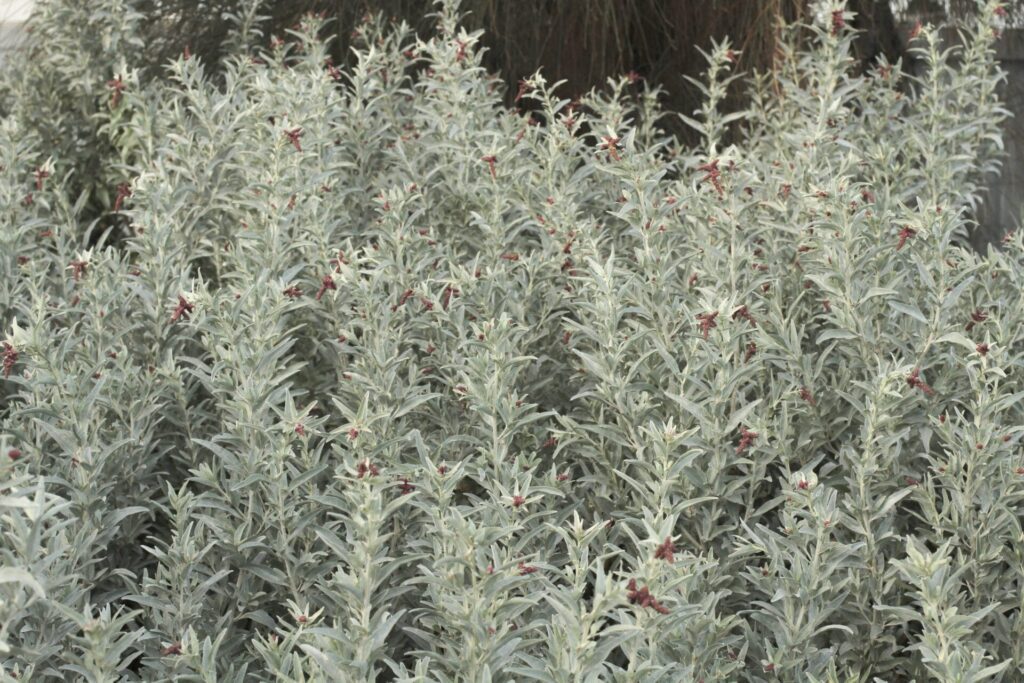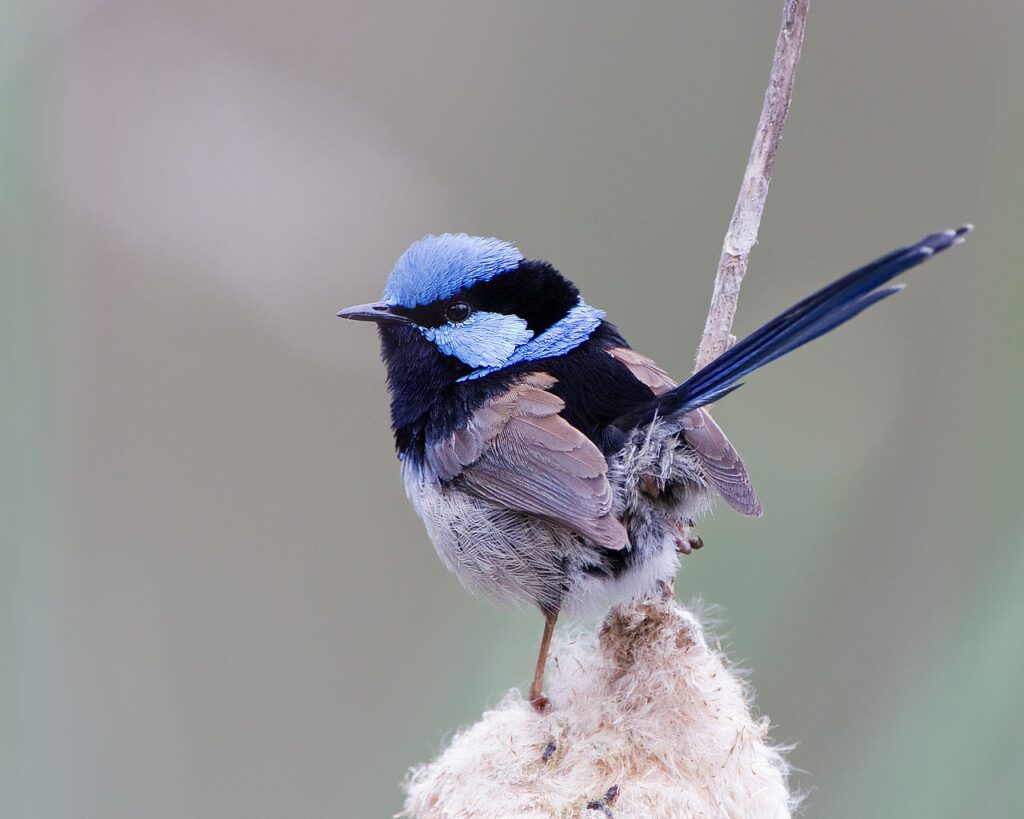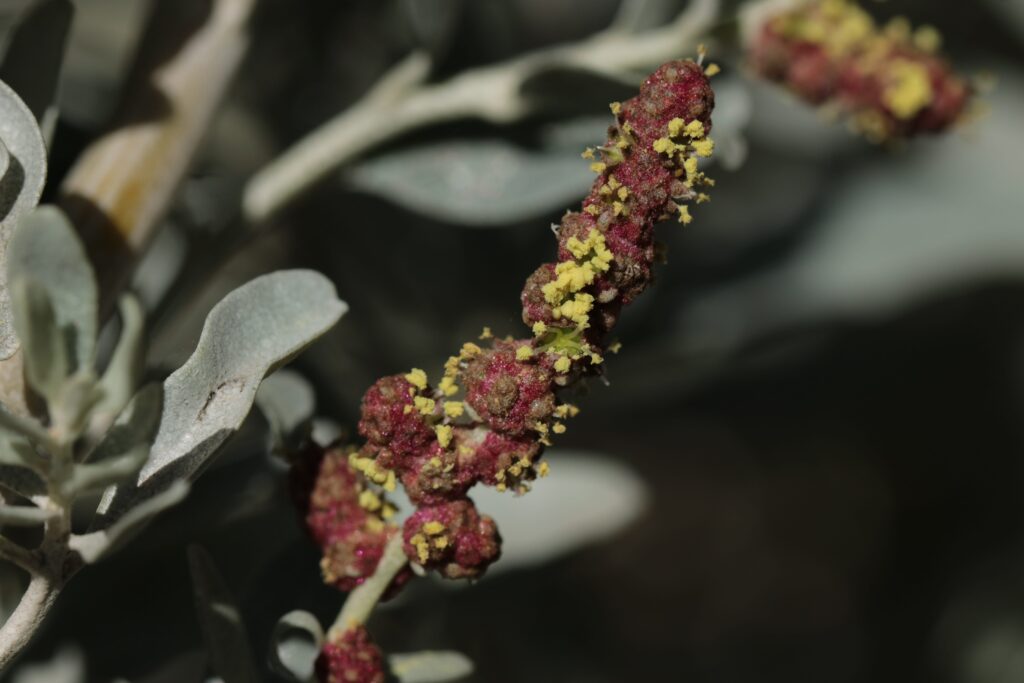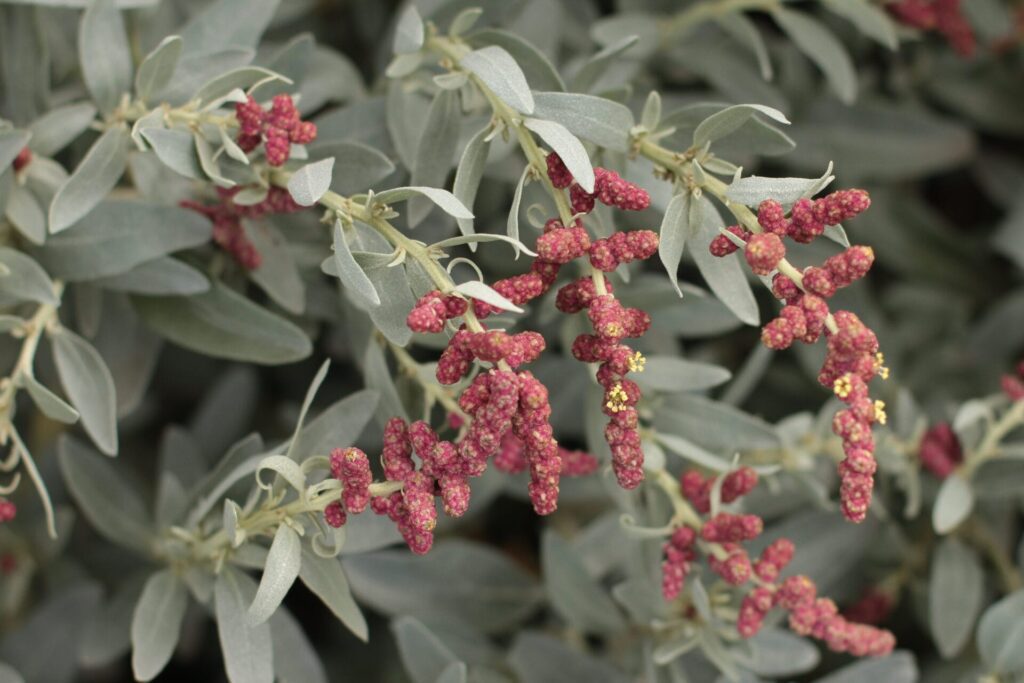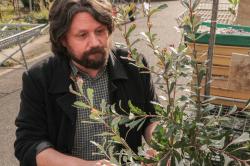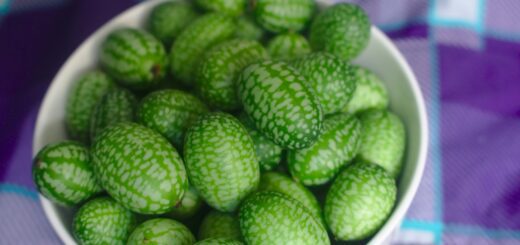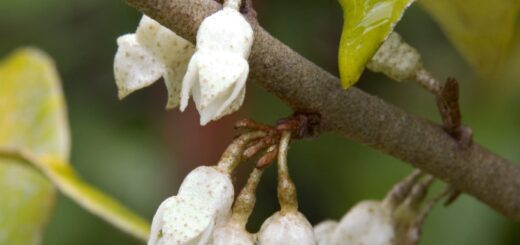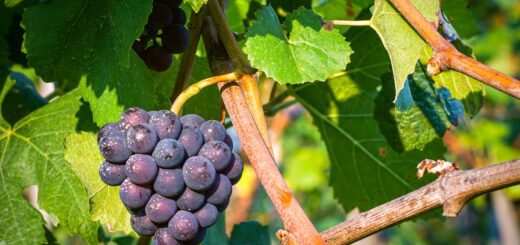Coastal Salt Bush
If you are ever wondering what plant should I choose that can be used for a substitute for salt, can be cooked as spinach, is adaptable, has silver foliage, AND provides habitat for butterflies and blue fairy wrens – then wonder no more. The coastal salt bush – Atriplex cinerea grows along the coastal fringe of Melbourne. It grows to a bush of up to two meters and has striking silver foliage. But unlike most silver foliage plants it can grow in part shade waterlogged soils and dry soils.
- Coastal Salt Bush – The ultimate native plant
- The superb fair wren, lover of saltbush!
First to the habitat it produces. Up and down the beach from St. Kilda to Port Melbourne, people often comment about the blue fairy wren. What they don’t realise is that this little bird has an affinity to the coastal salt bush. The Coastal salt bush habit provides dense shelter for these delicate birds, who are susceptible to cats and being chased off by noisy miners. The salt bush also is invaluable habitat for a variety of butterflies. Food and shelter, what more would you want as a bird! The correlation between wrens and salt bushes is so strong that their range has extended up Elwood canal primarily due to the Coastal Salt bush.
Now to the other uses of the salt bush… Being a salt bush, it actively takes up salt in the surrounding environment. This attribute allows the leaves to be dried in the oven, and crushed up and used as a salt substitute. Its edibility came from the numerous famines early white people found themselves facing. Obviously not from here, they were often found short of food (even though it was all around them) so at some point they tried the coastal salt bush cooked and found it edible (this is not to say they discovered the edibility). Cooking is important, as the salt bush does have some nasty chemicals that can make you sick if not cooked.
- Coastal Salt Bush – The ultimate native plant
So – a plant that provides food, increases biodiversity, grows in a vast range of environments makes this (along with many local native plants) the perfect addition to a permaculture design.

